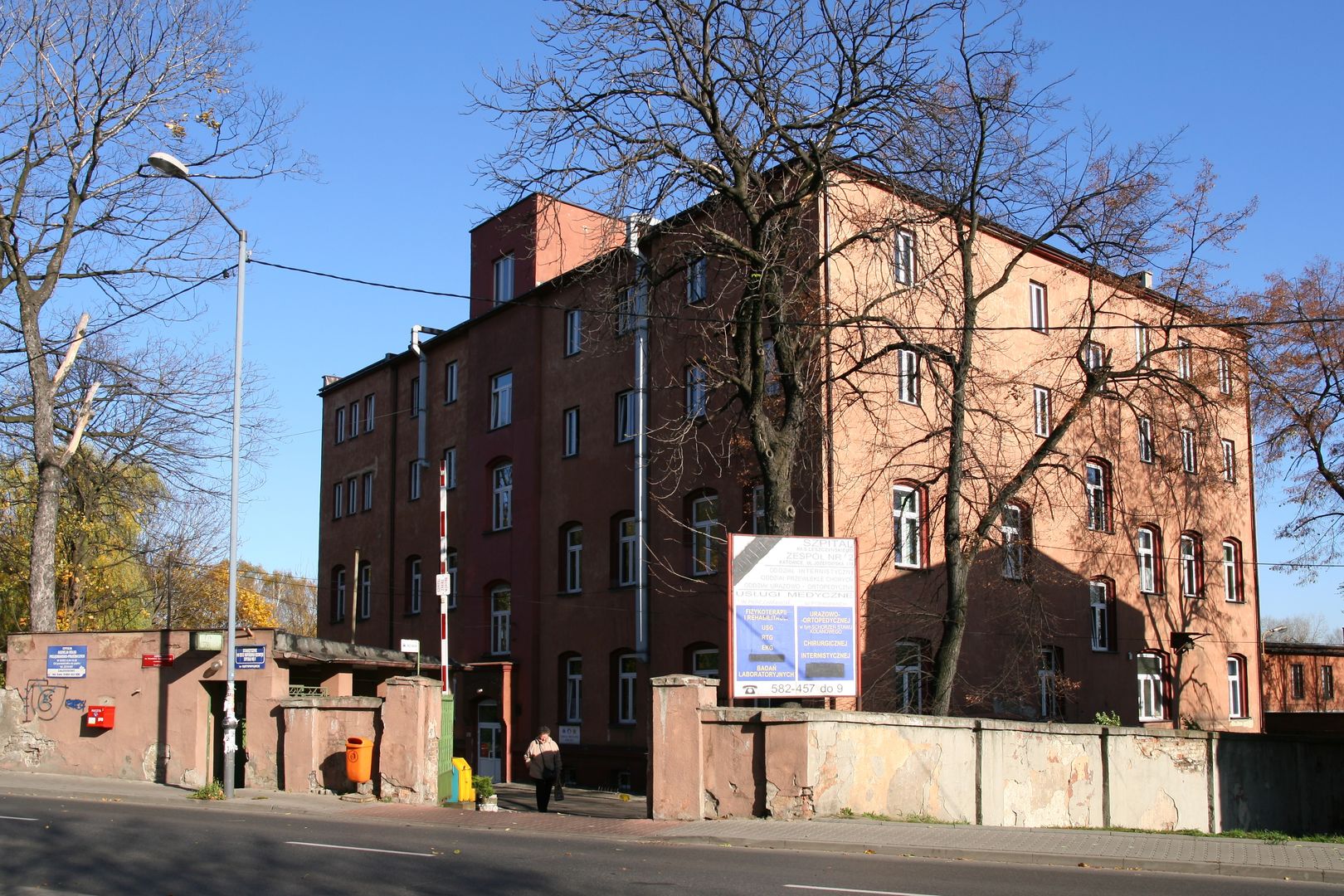Wełnowiec-Józefowiec
7.34

Overview
Wełnowiec-Józefowiec is a district of Katowice, located on the Chorzów Hills, with a rich history dating back to the 17th century. Settlement in this area developed with the beginning of coal mining in the late 18th century, when the first coal mines and the "Hohenlohe" zinc smelter were established. The district consists of two main parts: Wełnowiec and Józefowiec, as well as several workers' colonies. The character of Wełnowiec-Józefowiec is primarily residential, with a strongly developed industrial infrastructure. The district's architecture includes both historical colonies, such as the Agnieszka Colony, and modern multi-family housing. Wełnowiec is also home to a complex of historical monuments, including the historic building of the Court of Appeal and the former "Alfred" coal mine complex. Culture in Wełnowiec-Józefowiec has long traditions, with the first social and cultural organizations operating as early as the 19th century. The district has witnessed the activities of choirs, associations, and festivals, such as the Wełnowiec-Józefowiec Day, and has its own local cultural institutions, such as cooperative clubs and libraries. Interestingly, due to intensive industrial activity, the area of Wełnowiec-Józefowiec has been heavily anthropogenically transformed, with green spaces limited to squares and parks, such as the Wełnowiecki Park. In this area, one can also see traces of the past related to mining and metallurgy, including remnants of former industrial plants. Wełnowiec-Józefowiec not only reflects the industrial character of Upper Silesia but also preserves elements of local culture and community that have survived despite ongoing changes.
Location
Tickets
Powered by GetYourGuide
You can also find here:
2025 Wizytor | All Rights Reserved




